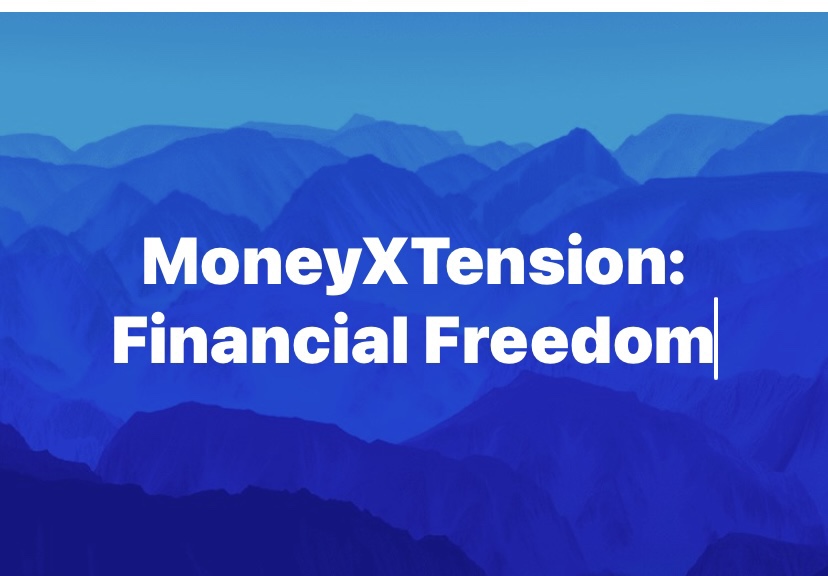Financial freedom generally denotes having resources, investments, and cash so that you can afford the kind of life you want. Individuals can take small steps each day towards this goal by following a budget and paying close attention to their finances.
How to move about?
Let’s find our way to Financial Freedom!! It’s not only your income but the habit of savings that make you financially independent. Don’t wait for your salary hike or scaling of the business. Just realise the significance and strength of small savings!! Regular savings of @10% per month can accumulate funds aggregating more than a month’s salary in your account in just 10 months? Not a big science only simple mathematics, you need to believe in yourself!
“You don’t have to see the whole staircase, just take the first step.”
– Martin Luther King, Jr.

Are You Managing Your Money Well?
Look back at your total salary last year? Were you not managing your life comfortably? You have already received your annual increment and maybe a promotion too, Right? Additional few dollars dropping in your Bank account has not made any difference except the frequency of dining out or buying a household item to improve your lifestyle. You have already exhausted by spending comfortably throughout the month and there is still a week to go when the next salary gets into your account?
How do people react ?:
This is what a decently employed person keeps doing till he confronts a serious problem of virtually no balance left in the account. He has to resort to quick high-cost borrowing for each and every activity involving money. This could be for hospitalization, child education, home repairs, loss of a job or any other emergency requirement.
#1. The only way to save is Auto Debit/Transfer:
Open another account with your bank and start saving by setting up auto debit instruction in your salary account today. This is the only and best way to avoid spending whatever you get in your Bank account.
For example, the net salary of Rs.50000/- is credited into your account on the 7th date of every month. An auto tranfer of 10% i.e Rs.5000/- will be automatically clicked on the same day leaving behind Rs.45000/- in your account. Hopefully, you will organize yourself to ensure all expenditute within the said amount.
#2 Set Up/Plan Your Budget:
No business, No state, No Country, and for that matter no family can survive without planning a budget. It’s a simple exercise of matching your likely expenses with the income/salary being credited in the Bank account every month. Though the living expenses remain on tips it is advisable to adopt a habit of writing in your diary every month. This will provide you an opportunity to have a look at the expenses for exploring chances of taking leverage on cutting down expenditure during a particular month.
“The goal isn’t more money. The goal is living life on your terms.” –Chris Brogan
Never allow your debt to surpass 10% of annual income; If your total annual salary/income comes out to be Rs.1200000/- then the short term debt should not go beyond 120000/- at any given time under any circumstances.
Earning and spending without having a clearly defined budget is like driving a vehicle carrying your family without knowing the destination and checking on the fuel required for your journey.
”If we command our wealth, we shall be rich and free. If our wealth commands us, we are poor indeed.”
– Edmund Burke
#3 Explore Extra Income Source:
The current pandemic condtions have made the world wiser and adaptable to the new environment as everything has kept moving though not as smooth as it should have been.
There is no dearth of finding an additional source of income that can supplement your resources for enjoying financial freedom. It depends on your resolve only that can initiate and identify utilizing the extra few hours at your disposal. This could be earning a few dollars by using your professional qualitifcation, hobbies by subscribing to the portals like freelancer, Udemy, and many others paying for the services on offer 24x7x365:
- You can also explore the option of doing some online drop shipping business that doesn’t require you to maintain any inventory or account books. You can use your selling instincts by availing of marketing options to bring customers to your store. Leave everything from packing to the delivery upto the supplier. In the end, a handsome return to keep your retirement plan moving
- Never miss an opportunity to use your credit card judiciously to earn points for earning cash backs or other such gifts by observing strict discipline.
Hi friends, do you have any other way of accomplishing financial freedom. Your feedback will be an enriching experience for me as well the readers. No one is a complete individual or professional in any field and I am not the exception.
Have a wonderful day ahead,
https://www.success.com/10-meaningful-quotes-about-achieving-financial-freedom/






















